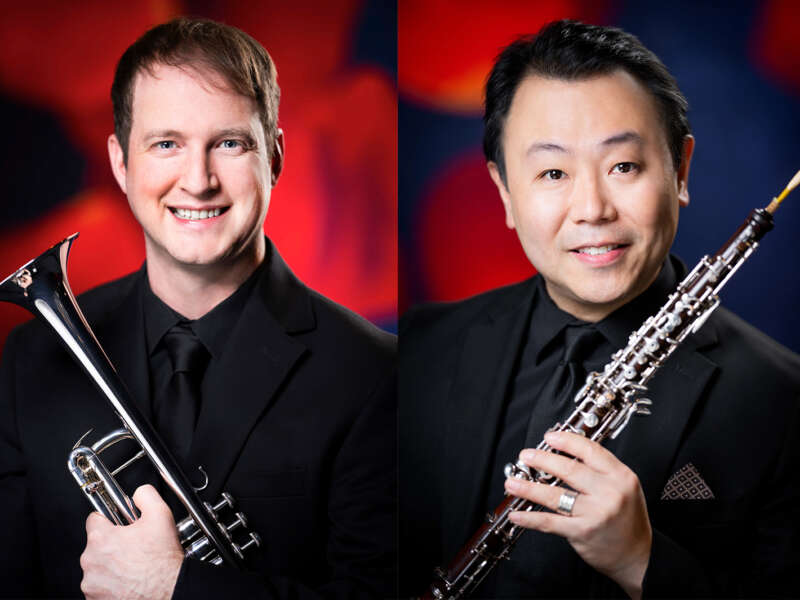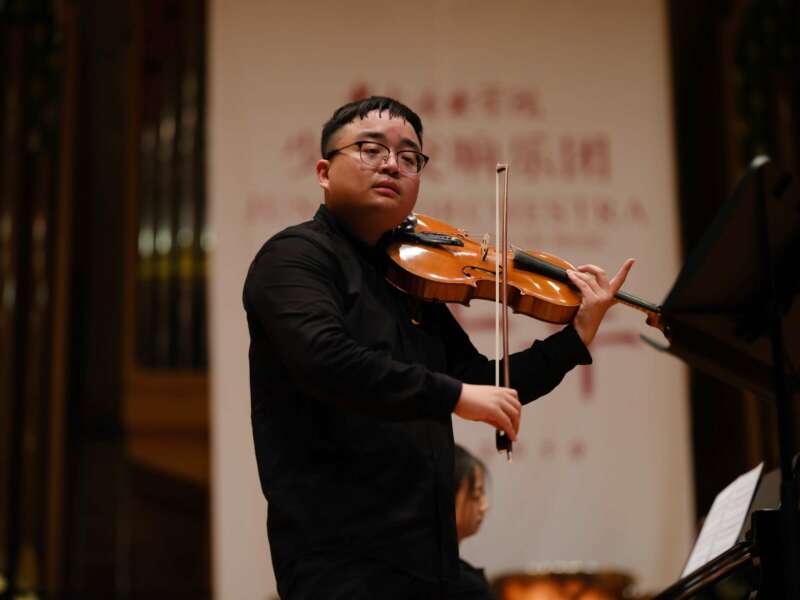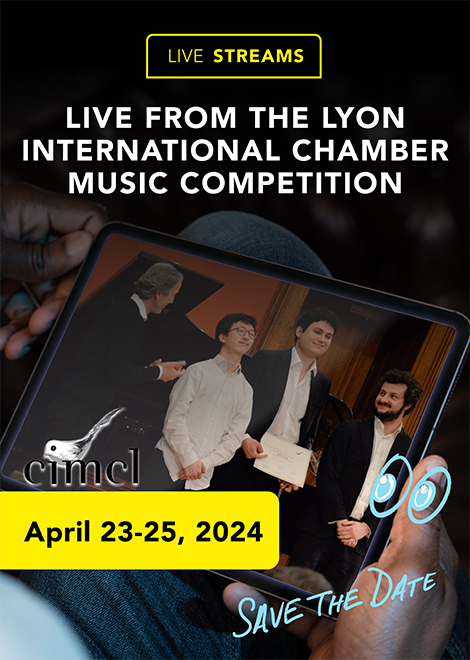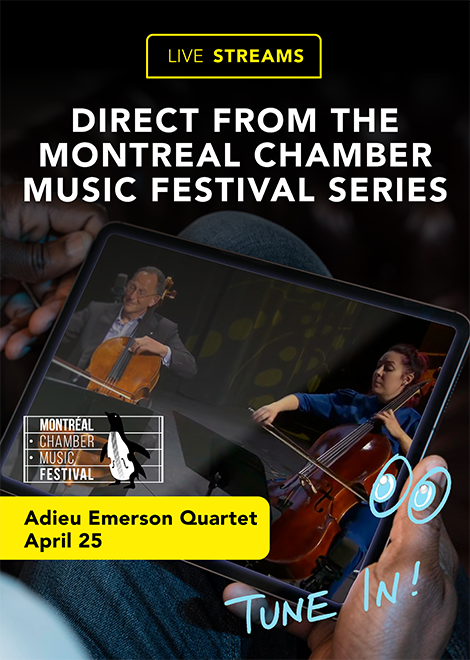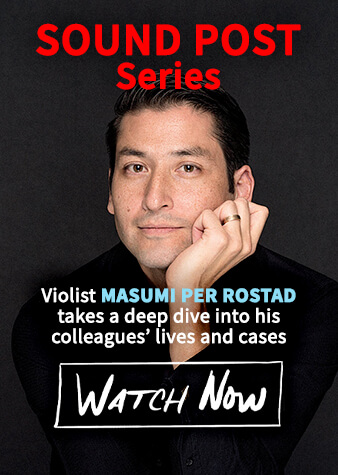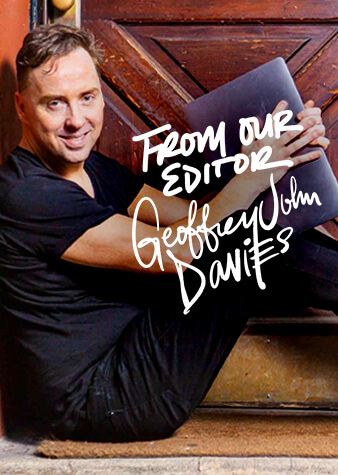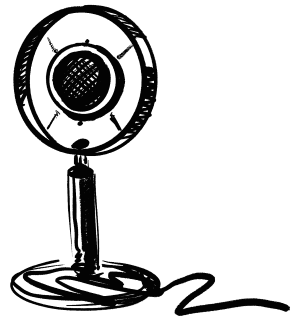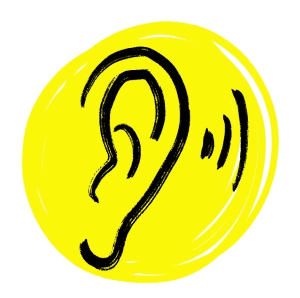D’Addario’s Fan-Chia Tao on Understanding String Tension
D’Addario's Research & Development Director Mr Fan-Chia Tao guides us through an understanding of string tension
How much do you know about your instrument strings? Do you know the difference between a ball and loop end string? What about the differences in sound and feel among strings of various tension? Some people prefer those of lighter tension as its "easier" to play and doesn't hurt as much physically as to the higher tension strings. Are there significant differences in string tensions and their subsequent effects on the instrument?
D’Addario Orchestral Strings' respected Research & Development Director, Mr Fan-Chia Tao shares his expert advice on the topic.
D’Addario’s Fan-Chia Tao on what String Tension really is
String players frequently inquire about string gauge, and how to know what gauge is right for their instrument. The truth is that for orchestral instruments, string tension is a better indicator of how a string will feel. Just because a string has a thinner diameter doesn’t mean it will be easier to play, as we will see.
String tension is a measurement of force along the length of the string. It is determined by the amount of mass (material) wound on the string, the frequency of vibration, and string length. String tension affects the response, playability, and sound of a string. We offer most of our string lines in multiple tensions: light, medium, and heavy.
We measure string tension using a force sensor called a load cell. The end of the string is attached to the load cell sensor, the string is brought up to pitch at the specified vibrating string length, and the tension measured. The official International System of Units (SI) for force is newtons (N). However, we follow the conventions and traditions of the string industry in using the widely accepted (but non-SI) units of pounds (lbs) to specify string tension in English units and kilogram-force (kg) or kilopond (kp) to specify string tension in metric units. The units of kilogram-force and kilopond are equivalent. For the technically minded, the conversion factors are:
lbs = 0.454 kg (or kp) = 4.448 newtons (N)
Players sometimes use the term "tension" to describe the feeling of a string to both the left and right hand. This feeling is determined not only by a string’s playing tension, but the elasticity of the core (how easily it stretches), the string diameter, the string texture, and the height of the string above the fingerboard.
Stringed instrument makers also use the term “tension” to describe the force exerted by the strings on the body of the instrument. It is a different measurement than that of the playing tension referred to as “light,” “medium,” or “heavy.” This force is determined by the string's playing tension, the angle of the strings over the bridge, and the geometry of the instrument.
When shopping for strings, start with medium tension. If the string feels “soft” or if you want more sound, try heavy tension. If you want an easier bowing response or you don’t want as much projection or power, try a lighter tension. Sometimes a mix of light, medium, and heavy tension strings will work best. Please note that there aren’t standards for tension levels, and that tensions will differ among string brands (even if they are both labeled “medium"). Our tension specifications are listed on our website.
Contrary to common belief, higher tension strings don’t necessarily sound brighter. Since higher tension strings can be played louder, players often bow farther away from the bridge and use less bow pressure, which produces a less bright sound.
–Fan
Do you have an idea for a blog or news tip? Simply email: [email protected]
An Engineering graduate of Caltech and Princeton University, Fan-Chia Tao currently serves as Director of Research & Development at D’Addario & Company, in Long Island, New York. He is a co-founder of the Violin Society of America Oberlin Acoustics Workshops and served an instrumental role in a number of pioneering acoustics research projects – including the 'Vieuxtemps Project' and the 'Indianapolis' and 'Paris Double-Blind Experiments'. Fan is also an accomplished violinist, violist and an avid chamber musician.
april 2024
may 2024


